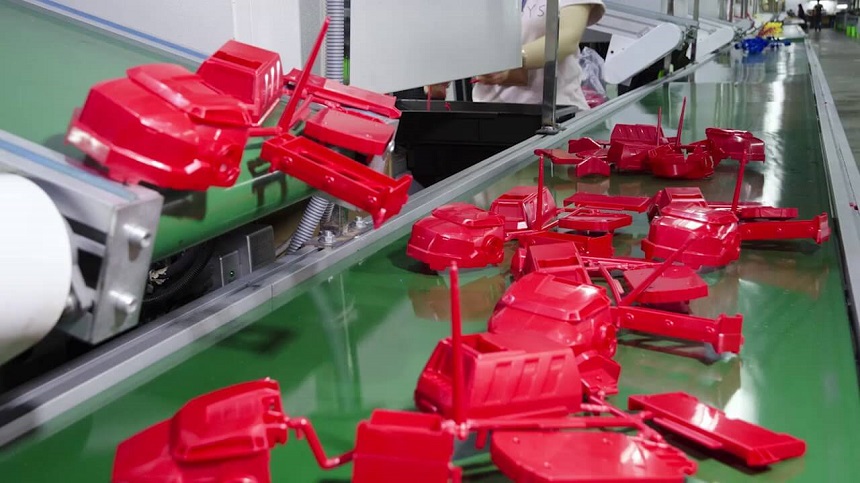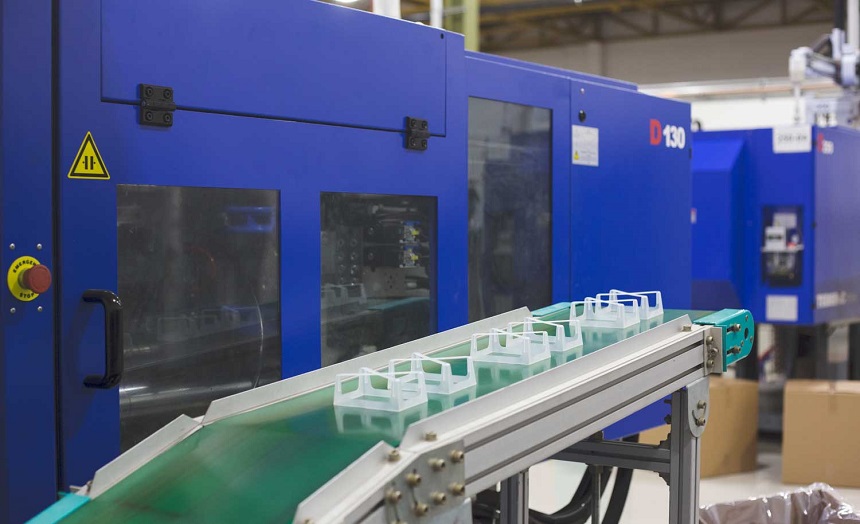The Advantages and Challenges of Plastic Injection Molding: A Comprehensive Guide for Manufacturers

Plastic injection molding is a widely used manufacturing technique that involves injecting molten plastic into an injection mold to create a desired shape. This process is used in many industries such as automotive, medical devices, consumer goods, and more.
In this comprehensive guide, we’ll explore the advantages and challenges of plastic injection molding for manufacturers.
1. Advantages of Plastic Injection Molding
1.1. Cost Savings
Plastic injection molding offers significant cost savings, particularly for high-volume production runs. Once the initial tooling costs have been covered, the cost per part decreases significantly. Additionally, plastic injection molding allows for material waste reduction, as the excess plastic can be reused.
1.2. Design Flexibility
Plastic injection molding offers a high degree of design flexibility, allowing for the creation of complex geometries and internal features. This is due to the high pressure and temperature used in the process, which ensures the plastic fills every detail of the mold cavity. Additionally, plastic injection molding offers a wide range of materials to choose from, including thermoplastics, thermosets, and elastomers.
1.3. High-Quality Parts
Plastic injection molding produces high-quality, precise parts with consistent tolerances. This is important for industries such as medical devices and automotive, where product quality is critical.

1.4. Faster Production Time
Plastic injection molding offers faster production times than other manufacturing methods. This is because the process is highly automated, allowing for the production of large quantities of parts quickly and efficiently.
1.5. Reduced Labor Costs
Plastic injection molding requires minimal labor, which reduces labor costs compared to other manufacturing methods. Once the initial tooling is complete, the process can be highly automated, requiring only a few operators to oversee production.
2. Challenges of Plastic Injection Molding
2.1. Initial Tooling Costs
One of the main challenges of plastic injection molding is the initial tooling costs, which can be significant. This is particularly challenging for small businesses or those with limited budgets.
2.2. Not Cost-Effective for Low-Volume Production
Plastic injection molding is not cost-effective for low-volume production runs. This is because the initial tooling costs must be amortized over the total production run, making it more expensive than other manufacturing methods for small quantities.

2.3. Longer Lead Times for Tooling and Production Setup
Plastic injection molding requires longer lead times for tooling and production setup. This is because the mold must be designed and fabricated before production can begin.
2.4. Material Selection
The selection of materials for plastic injection molding can be challenging. The material must be suitable for the product’s intended use, and the choice of material can affect the final product’s quality and performance.
Conclusion
In summary, plastic injection molding offers numerous advantages for manufacturers, including cost savings, design flexibility, high-quality parts, faster production times, and reduced labor costs. However, there are also challenges to consider, including initial tooling costs, not being cost-effective for low-volume production, longer lead times for tooling and production setup, and material selection.
Whether you’re an experienced manufacturer or just starting, understanding the advantages and challenges of plastic injection molding is essential. With its numerous benefits, plastic injection molding can help.
